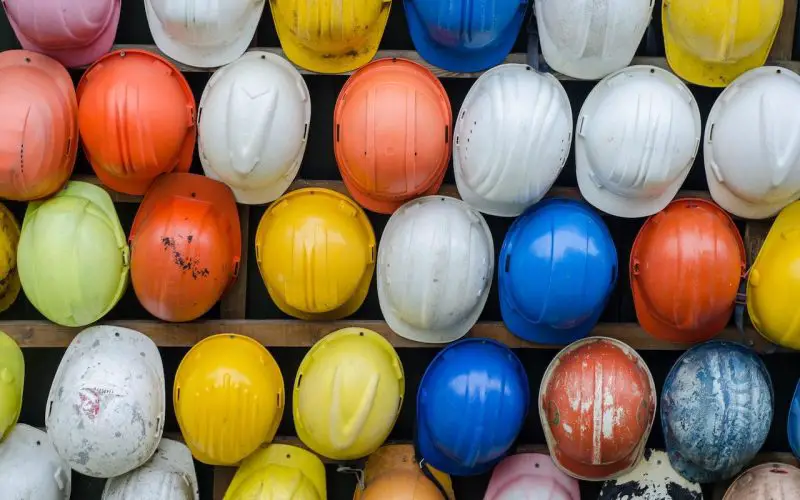Construction sites, with their multitude of moving parts and dynamic challenges, have always been epicentres of safety concerns. When we discuss safety on construction sites, the emphasis has traditionally been on human vigilance and best practices.
But what if we could integrate technology to be the eyes and ears where human observation might falter? Enter the world of AI sensors—a technological phenomenon able to reshape the landscape of safety in construction.
1. Real-time Monitoring: Staying Ahead of Potential Hazards
AI sensors offer the advantage of real-time monitoring. Unlike traditional checks, which might be scheduled and periodic, these sensors tirelessly scan the site 24/7.
By continuously assessing different parameters, they can provide immediate feedback, ensuring that any potential risks are identified long before they become critical. This proactive approach means that safety on construction sites is maintained at an optimal level at all times.
2. Predictive Analysis: Foreseeing Challenges Before They Arise
Harnessing the power of artificial intelligence, smart sensors don’t just monitor; they predict. Using vast data sets and advanced algorithms, the system can forecast both concrete setting time, curing time, and potential site hazards based on current conditions.
This predictive approach can alert site managers about adverse weather conditions, equipment failures, or structural issues that might jeopardise safety on construction sites, offering a chance to address them well in advance.
3. Reducing Human Error: Letting Technology Assist
Human error remains one of the significant concerns when discussing safety on construction sites. While training and guidelines play an essential role, the incorporation of AI sensors ensures that lapses in judgement or oversight are significantly minimised.
By automating crucial monitoring tasks, one can remove the variability of human fatigue and distraction, leading to more consistent safety outcomes.
4. Comprehensive Data Collection: Building a Safer Tomorrow
One of the less immediate but equally vital benefits of using AI sensors on construction sites is the vast amount of data they collect. Every incident, near-miss, or anomaly is logged and analysed.
This treasure trove of data can then be used to refine best practices, update training protocols, and even influence future construction techniques. In essence, the sensors are not just ensuring safety today but are laying the foundation for even greater safety on construction sites in the future.
5. Enhanced Communication: Keeping Everyone in the Loop
Smart sensors are not just passive data collectors; they actively communicate their findings. Integrated with modern communication tools, sensors can send out alerts to relevant stakeholders in real-time.
For instance, a site supervisor can get a notification about a potential structural issue, which ensures that all parties can take prompt corrective action, enhancing safety on construction sites.
In Conclusion
The construction industry has always been on the front lines of innovation, striving to make sites safer, more efficient, and more productive. AI sensors represent the next step in this evolution.
By seamlessly integrating technology with traditional safety practices, we are not just enhancing safety on construction sites but also paving the way for a future where construction is more reliable, efficient, and most importantly, safe.








